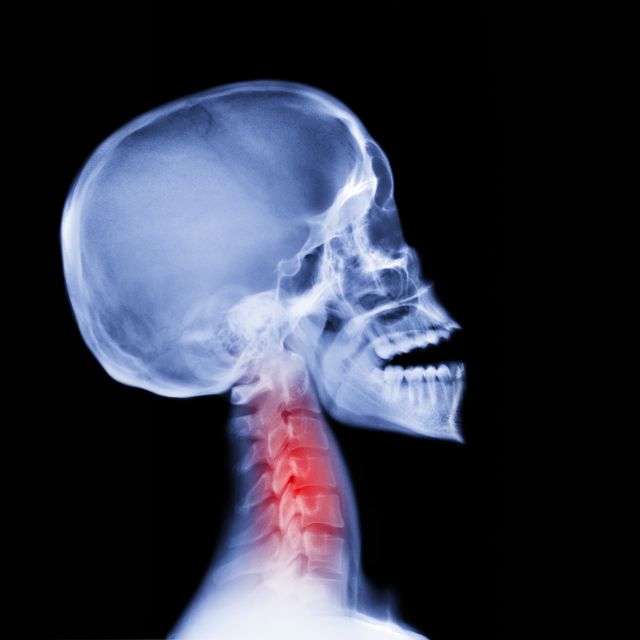Cutting-edge genetics research reveals a startling legacy embedded in our DNA.
BY TIM NEWCOMB
PUBLISHED: JAN 30, 2024

Peter Dazeley//Getty Images
DNA study leads researchers to pin humanity’s low pain thresholds on Neanderthals.
The team believes that, thousands of years ago, inbreeding caused the development of key traits that were then passed down to modern humans.
DNA study leads researchers to pin humanity’s low pain thresholds on Neanderthals.
The team believes that, thousands of years ago, inbreeding caused the development of key traits that were then passed down to modern humans.
As the study of Neanderthals continues, additional traits join the growing list of similarities between the species and modern humans.
Not a big fan of getting shots at the doctor or sitting for tattoos? Your low pain threshold could just be a factor of your genetics, and long-held genetics at that.
Researchers in Europe say they’ve linked the genetics of ancient Neanderthal interbreeding to low thresholds for specific types of pain in modern humans. They published the findings in Communications Biology.
“We have been learning more and more about what we have inherited from [Neanderthals] as a result of interbreeding tens of thousands of years ago,” Kaustubh Adhikari, study co-author and University College London Genetics, Evolution & Environment researcher, said in a statement. “Our findings suggest that Neanderthals may have been more sensitive to certain types of pain, but further research is needed for us to understand why that is the case, and whether these specific genetic variations were evolutionarily advantageous.”
Since the Neanderthal genome was first sequenced 15 years ago, researchers have worked to link modern humans to these archaic ancestors in a variety of ways. So far, scientists have found links from Neanderthal DNA to everything from the shapes of modern noses to our propensity for diseases.
In the recent study on pain, researchers investigated three variations in the SCN9A gene, and reported greater pain sensitivity among humans carrying all three variants. The SCN9A gene builds sodium channels that help nerve cells communicate—in particular, it helps the cells alert the nervous system to a painful threat from damaged tissue.
Authors say that the three gene variants were associated with a lower pain threshold for pricking the skin after earlier exposure to mustard oil (which was used to sensitize the area), but were not associated with any changes in tolerance for pain caused by heat or pressure. Carrying all three variants increased pain sensitivity as compared to carrying only one.
The sodium channel was actually recognized as “crucial” in the scope of pain pathways in 2020 by researchers from the Max Planck Institute for Evolutionary Anthropology in Germany and Sweden’s Karolinska Institutet. They suggested back then that Neanderthals experienced heightened pain sensitivity compared to modern humans, thanks to the SCN9A gene.
But the earlier study didn’t fully explore the mechanical aspects of the increased pain sensitivity—the prick is more powerful than pressure or heat. This recent study proposes that those holding the three Neanderthal variants have more sensitized sensory neurons, and are therefore able to warn the body of these poke-induced pains.
“We have shown how variation in our genetic code can alter how we perceive pain,” Pierre Faux, first author and researcher at Aix-Marseille University and University of Toulouse, says in a news release, “including genes that modern humans acquired from the Neanderthals.”
They also found that the three Neanderthal variants are more common in populations with higher percentages of Native American ancestry. The study says that the variants are largely absent in Europeans and common in Latin Americans, thanks to what they call “population bottlenecks that occurred during the initial occupation of the Americas.”
The team now wants to know if this lower pain threshold offered up any sort of evolutionary benefit, or if increased pain sensitivity when poked is just another piece of Neanderthal history living in modern humans.
No comments:
Post a Comment